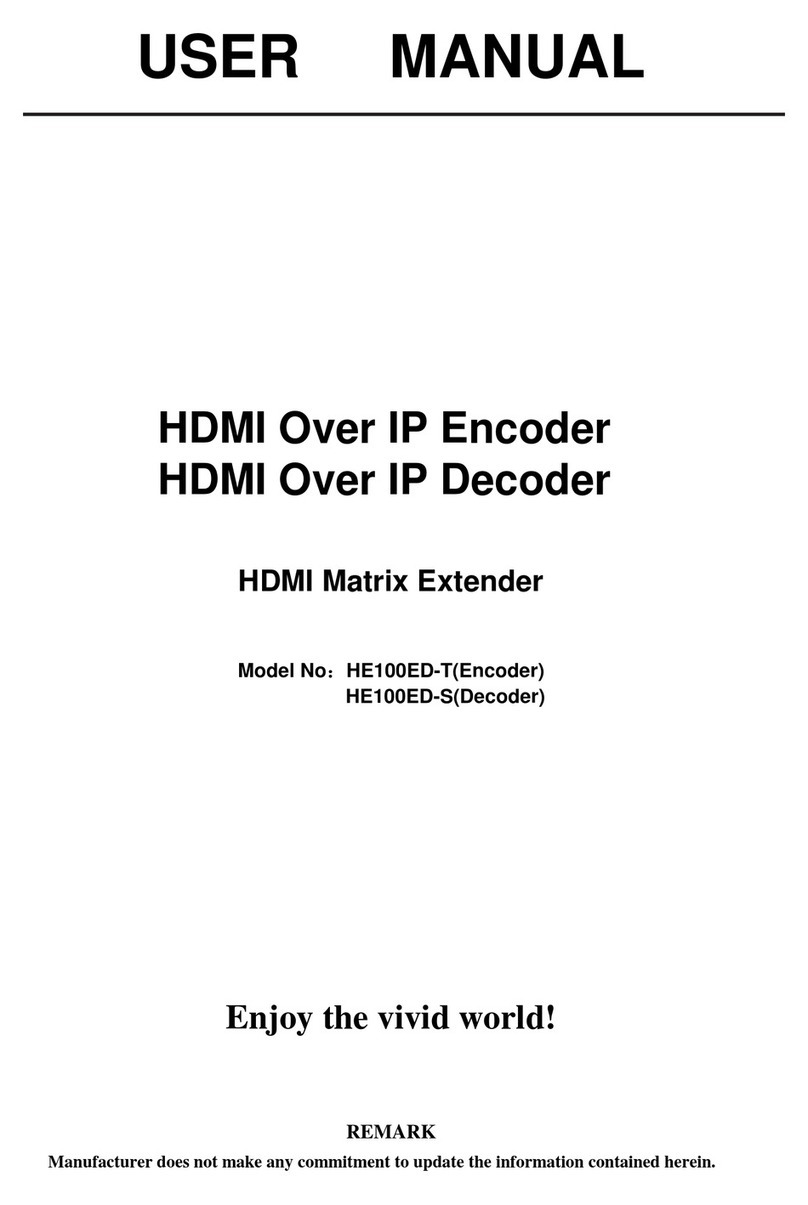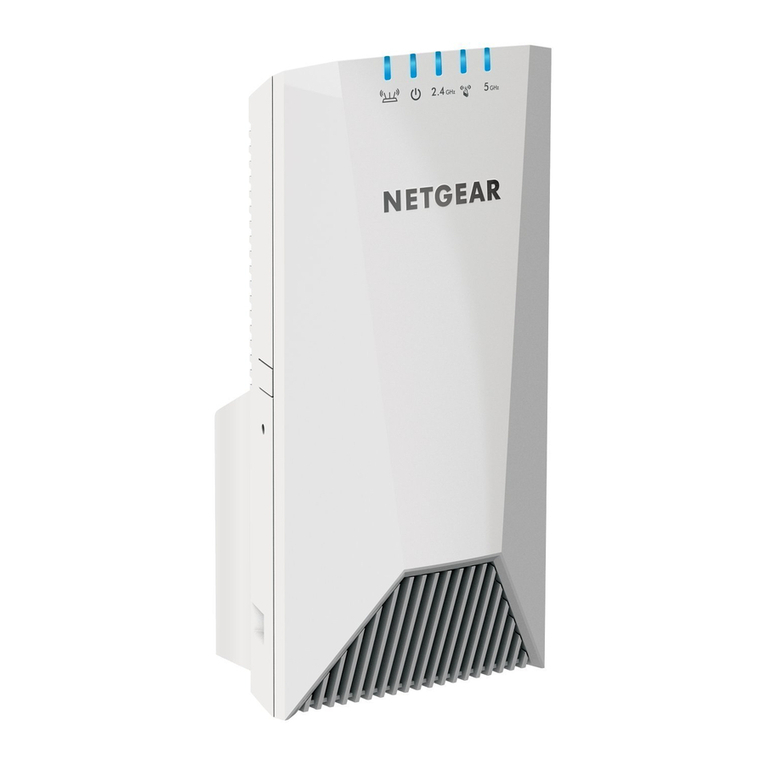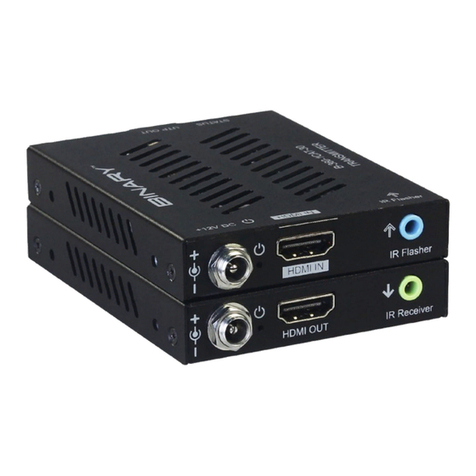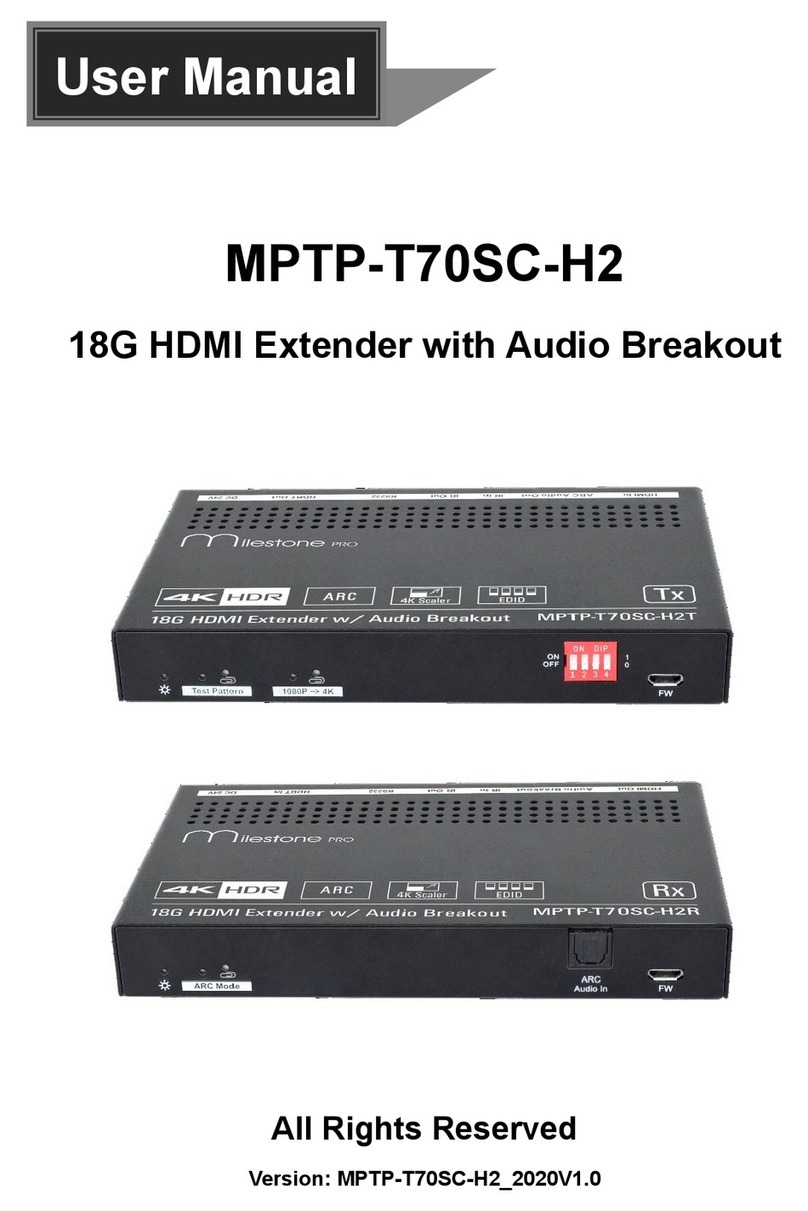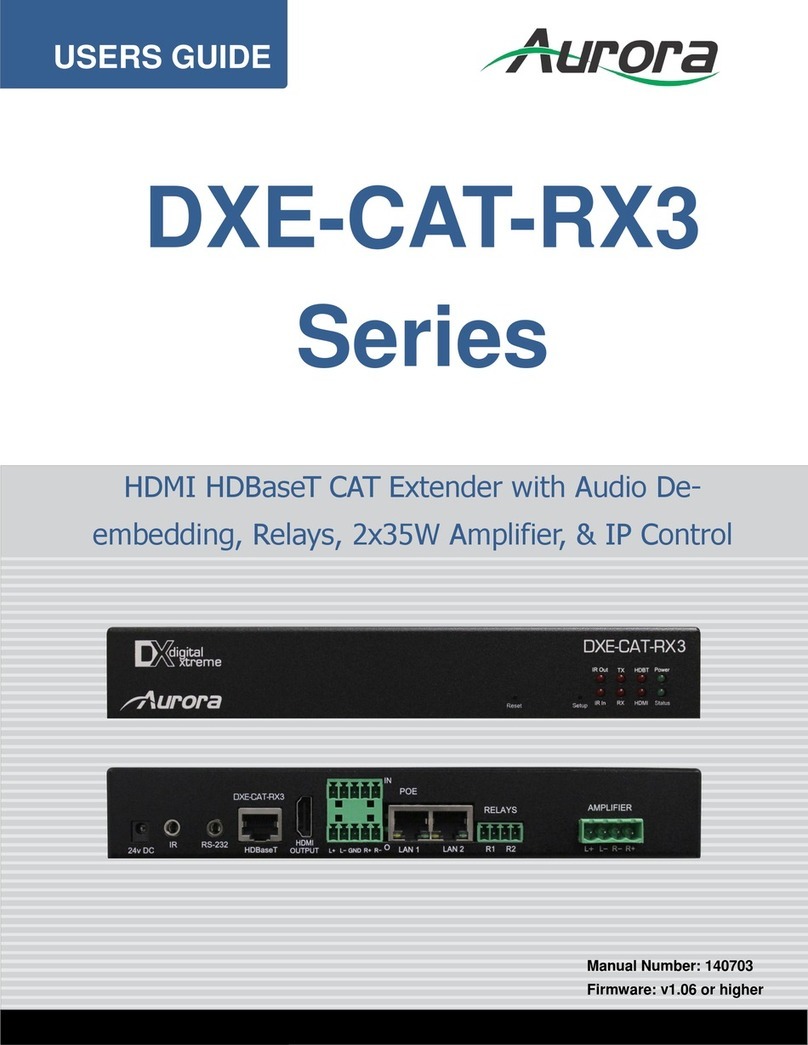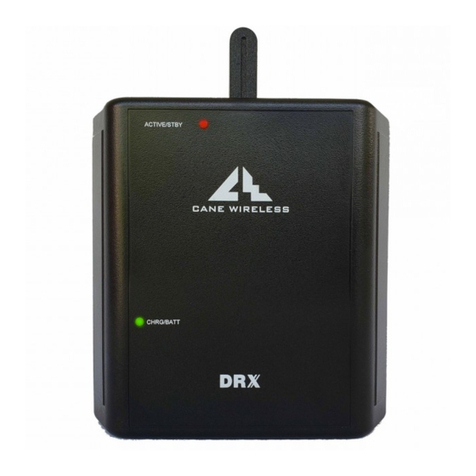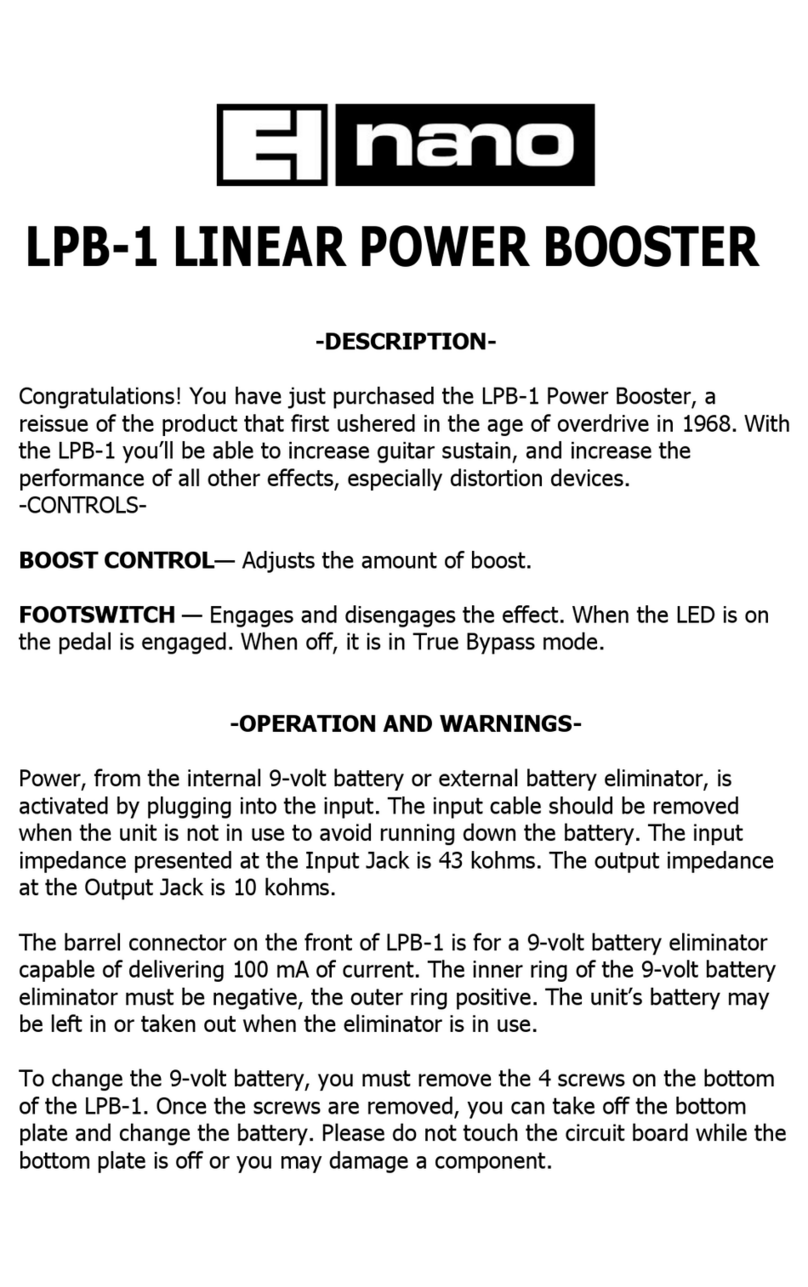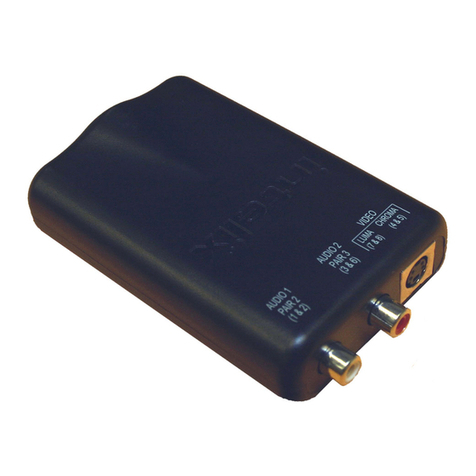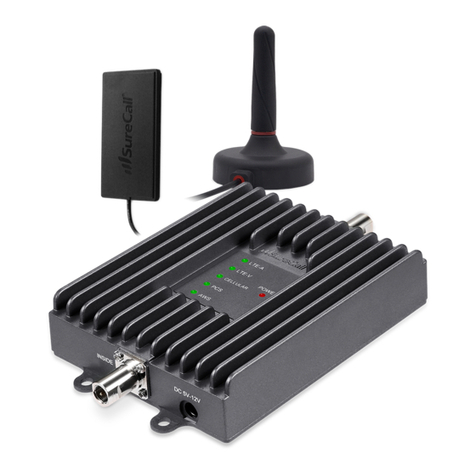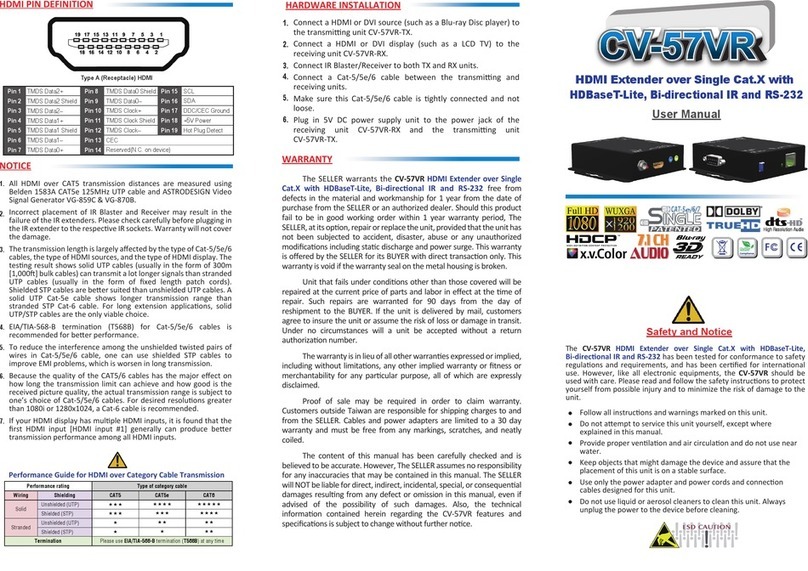NEW SYSTEMS INSTRUMENTS QUAD LFO User manual

NEW SYSTEMS INSTRUMENTS
Q U A D L F O A N D P H A S E E X P A N D E R
FREQ.
FM
OUT
1
FREQ.
FM
OUT
2
FREQ.
FM
OUT
3
FREQ.
FM
OUT
4
Q U A D L F O
NEW SYSTEMS INSTRUMENTS
0 –
1 8 0 °
PHASE
OUT
90–
2 7 0 °
PHASE
OUT
1 8 0 –
3 6 0 °
PHASE
OUT
P H A S E X
L F O
NEW SYSTEMS
Modulation Source
Manual Revision 1.0

1
S P E C I F I C A T I O N S
Quad LFO
Size
8HP
Depth
32mm
Power Consumption
+12V 51mA
−12V 51mA
Frequency Range
5+ minutes to 23Hz
Input Range
0–10V
Input Impedance
40k
Ω
Output Swing
−5V–+5V peak
Output Impedance
1k
Ω
Output Drive
2k
Ω
(min), 20k
Ω
+ (ideal)
LFO Phase Expander
Size
6HP
Depth
22mm
Power Consumption
+12V 21mA
−12V 21mA
Output Swing
−5V–+5V peak
Output Impedance
1k
Ω
Output Drive
2k
Ω
(min), 20k
Ω
+ (ideal)
I N S T A L L A T I O N
Before installing the module, make sure the power is o
ff
. Attach the power cable to the module and
to the bus. Double check the alignment of the red stripe (or the brown wire for a multicolor cable)
with the markings on the module and the bus. The red stripe should correspond with −12V, as is
standard in Eurorack. Check the documentation of your bus and power solution if you are unsure.
Screw the module to the rails of the case using the provided screws. (M2.5 and M3 size screws are
provided.)
New Systems Instruments modules all have keyed headers and properly wired cables. But please
remember to double check the other side of the cable for proper installation with the bus. Addi-
tionally, if using a di
ff
erent power cable, note that not every company wires modular power cables
such that the red stripe will align properly with a keyed header. While our modules are reverse po-
larity protected as much as is practical, it is still possible that you could damage the module, your
power supply, or another module by installing the power cable improperly.
Lastly, please fully screw down the module before powering on your case. The electronics are po-
tentially sensitive to shorts, and if the module is not properly attached to a case, there is a risk of
contact with conductive or flammable matter.

2
I N S T A L L I N G T H E E X P A N D E R
Each LFO Phase Expander comes with a 4 pin connector
suitable for connecting it with the Quad LFO. This should
be plugged such that the red wire is aligned with the "RED"
text on each PCB. The Quad LFO has four connectors, one
for each LFO. You can plug an expander into any one or
more of them. Note that both the Quad LFO and the Ex-
pander must be connected to power.
S E L E C T I N G P U L S E O R S I N E O U T P U T W A V E F O R M S
Sine wave output Pulse wave output
On the reverse of the Quad LFO module there's a jumper to set each output to either sine or pulse
(square) waveforms. To switch, gently take hold of the blue jumper and pull it o
ff
the header. Then
place it in the new position and press it until it is flush with the black plastic of the pin header.

3
FREQ.
1C
1A
FM
1B
OUT
1D
1
FREQ.
2C
2A
FM
2B
OUT
2D
2
FREQ.
3C
3A
FM
3B
OUT
3D
3
FREQ.
4C
4A
FM
4B
OUT
4D
4
Q U A D L F O
NEW SYSTEMS INSTRUMENTS
0 –
1 8 0 °
5F
PHASE
OUT
5G
5E
90–
2 7 0 °
6F
PHASE
OUT
6G
6E
1 8 0 –
3 6 0 °
7F
PHASE
OUT
7G
7E
P H A S E X
L F O
NEW SYSTEMS
O V E R V I E W
The Quad LFO gives you four independent modulation sources, selectable between sine and pulse
waves with a jumper on the back. The rate of each LFO is controlled by the combination of a knob
and a voltage input.
Each LFO Phase Expander gives you three more sine wave outputs at the same rate as the associ-
ated LFO, but with a di
ff
erent phase. That is, each expander gives you three more modulation
sources which peak at a di
ff
erent time from the associated LFO.
I N T E R F A C E
1 A–D. First LFO.
2 A–D. Second LFO.
3 A–D. Third LFO.
4 A–D. Fourth LFO.
5 E–G. LFO phase output, ranging
from unison to one half of a cycle.
6 E–G. LFO phase output, ranging
from one quarter to three quarters of a
cycle.
7 E–G. LFO phase output, ranging
from one half of a cycle to unison.
A. LFO amplitude indicator.
B. Control voltage
FM
input for LFO
rate. Scaled linearly, so twice the volt-
age is twice the rate increase.
C.
FREQ
knob for LFO rate. Ranges from ~0 to 23Hz, with the center ~1Hz.
D. LFO output.
E. Amplitude indicator for this phase output.
F.
PHASE
control knob.
G. LFO phase output.

4
Q U I C K S T A R T
Modulation source:
The simplest use of an LFO is often the best: apply continually changing
modulation to some parameter, such as a pitch input (for vibrato), a filter cuto
ff
, or (with an o
ff
set)
to a VCA control.
Clock/trigger:
To use one of the LFOs as a periodic trigger, a voltage controlled clock, or some
other digital signal, use the appropriate jumper to set a pulse wave output.
Rhythmic LFO:
With the expander attached, plug all four phase related outputs into an analog
logic ANY (maximum), such as Babel. Adjust the phase of each LFO, so that the LFO varies with a
particular rhythm.
Clock synced LFOs:
When you select a pulse wave output, this does not a
ff
ect the output of the
LFO Phase Expander. This means that a pulse wave output with an attached expander will give
you three phases of LFOs synced to a clock signal. Pair this with a clock divider or multiplier to get
all kinds of rhythmic options.
Quadrature LFO:
When all three knobs of the phase expander are centered, the four related
LFO signals will be in quadrature with each other. Quadrature has many uses, such as rotating a
signal between four speakers.
M O D E L A N D P A R A M E T E R S
The Quad LFO provides four sinusoidal outputs with a linear rate control, according to the follow-
ing equation:
Or alternately, a pulse wave output according to the following piecewise equation:
is proportional to
FM
and
FREQ
via the following relation:
Where the
FREQ
knob ranges from zero to 5 volts, at zero is approximately zero,
and at 5 volts is approximately 23 Hz.
The phase expander produces three more sine wave outputs according to the following equations:
Where ranges from 0° to 180°, ranges from 90° to 270°, and
ranges from 180° to 360°.
y= sin(ωt)
y=
{5
−5
sin(ωt) ≥ 0
sin(ωt) < 0
ω
ω∝F M +F REQ
F M +F REQ
F M +F REQ
y =
1sin(ωt −ϕ
)
1
y =
2sin(ωt −ϕ
)
2
y =
3sin(ωt −ϕ
)
3
ϕ =
1P HASE
1ϕ =
2P HASE
2
ϕ =
3P HASE
3
This manual suits for next models
1
Table of contents
Popular Extender manuals by other brands
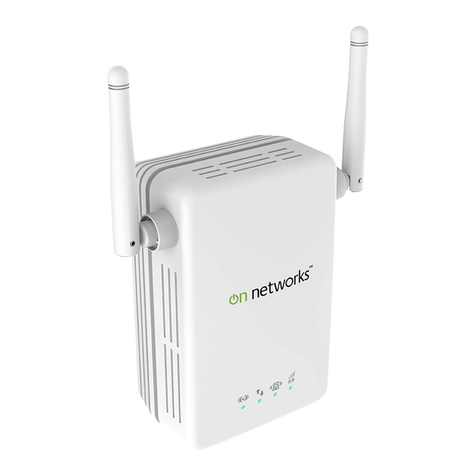
on networks
on networks N300RE installation guide
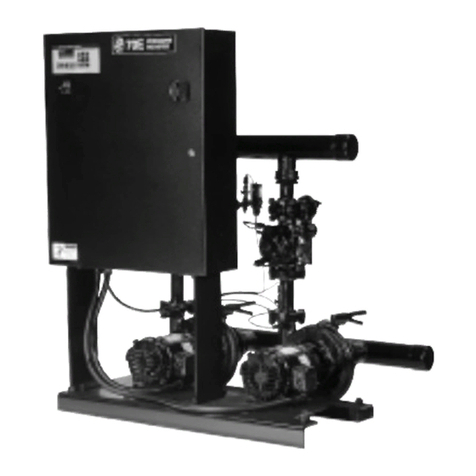
Bell and Gossett
Bell and Gossett 70E Installation, operation & maintenance instructions

Wilson Electronics
Wilson Electronics Sleek 4G installation instructions
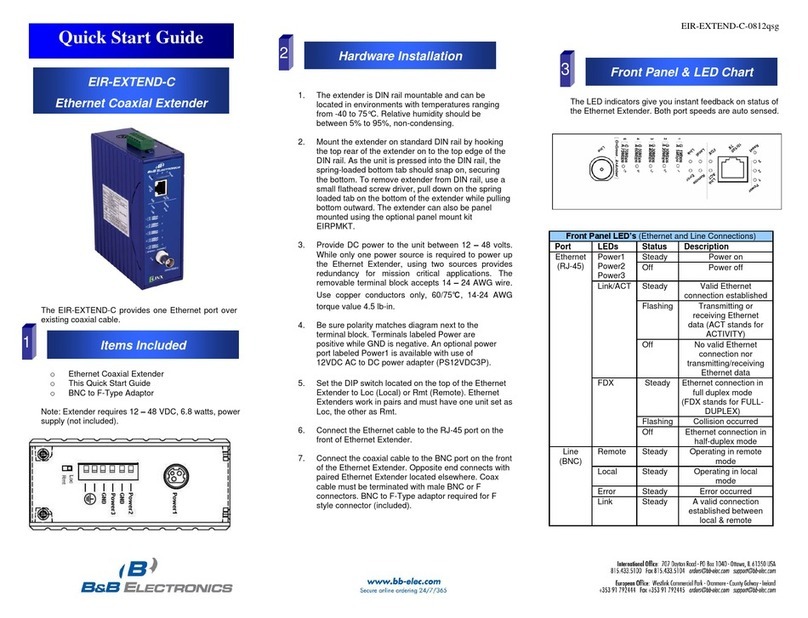
B&B
B&B EIR-EXTEND-C quick start guide
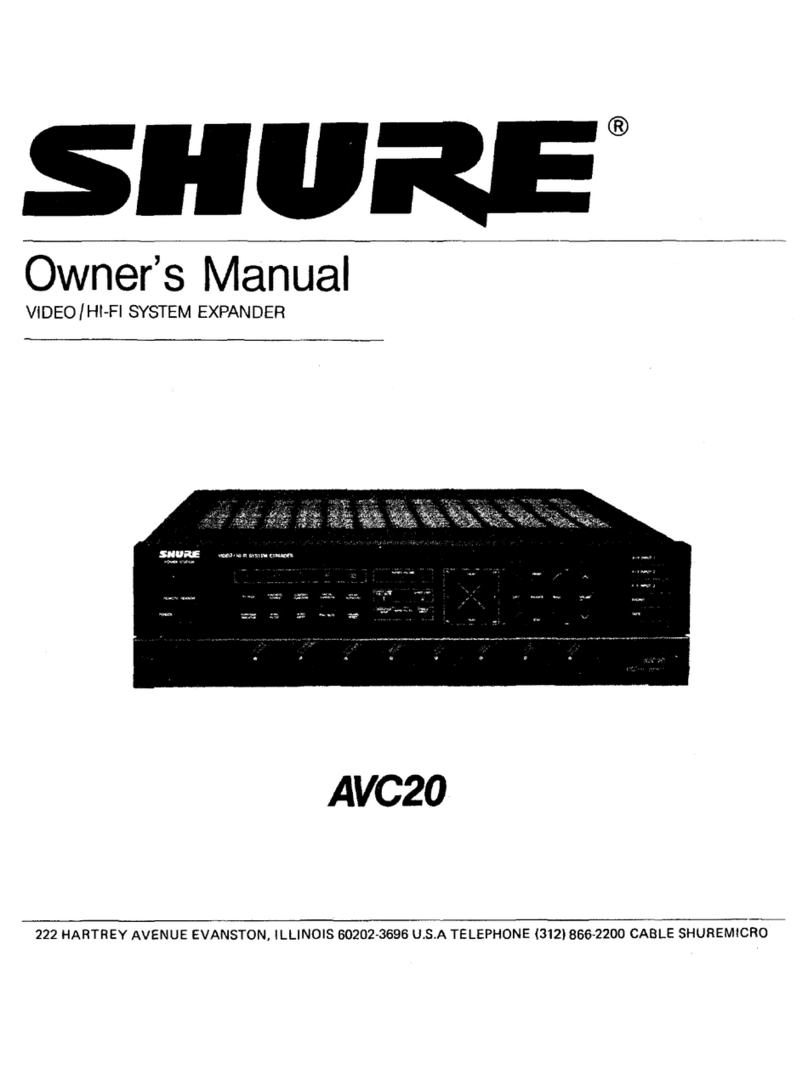
Shure
Shure AVC20 owner's manual
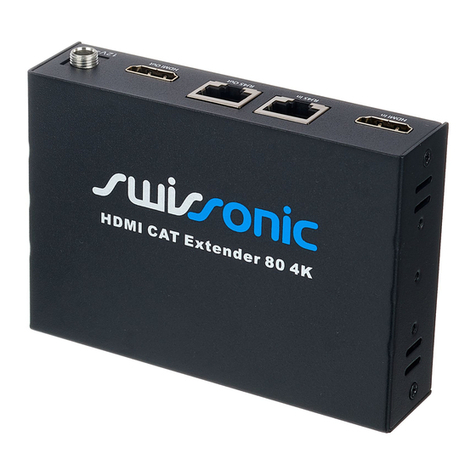
swissonic
swissonic 496918 quick start guide
